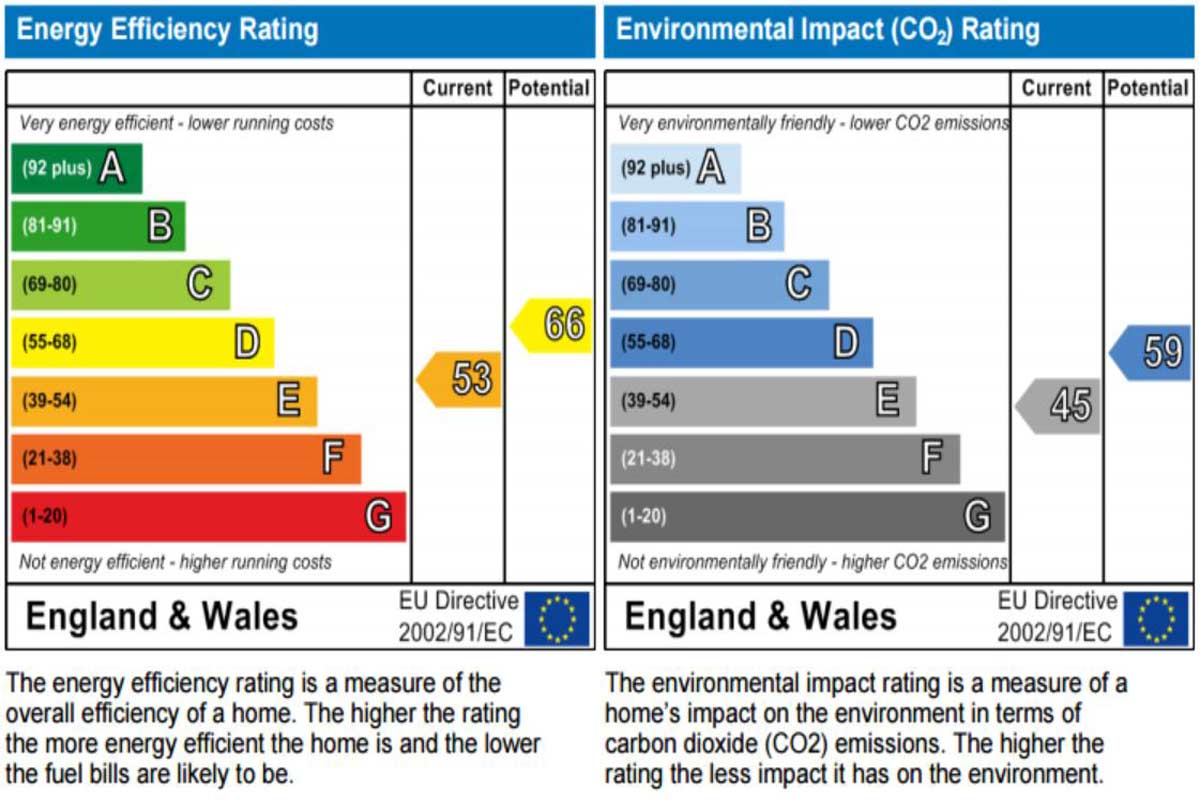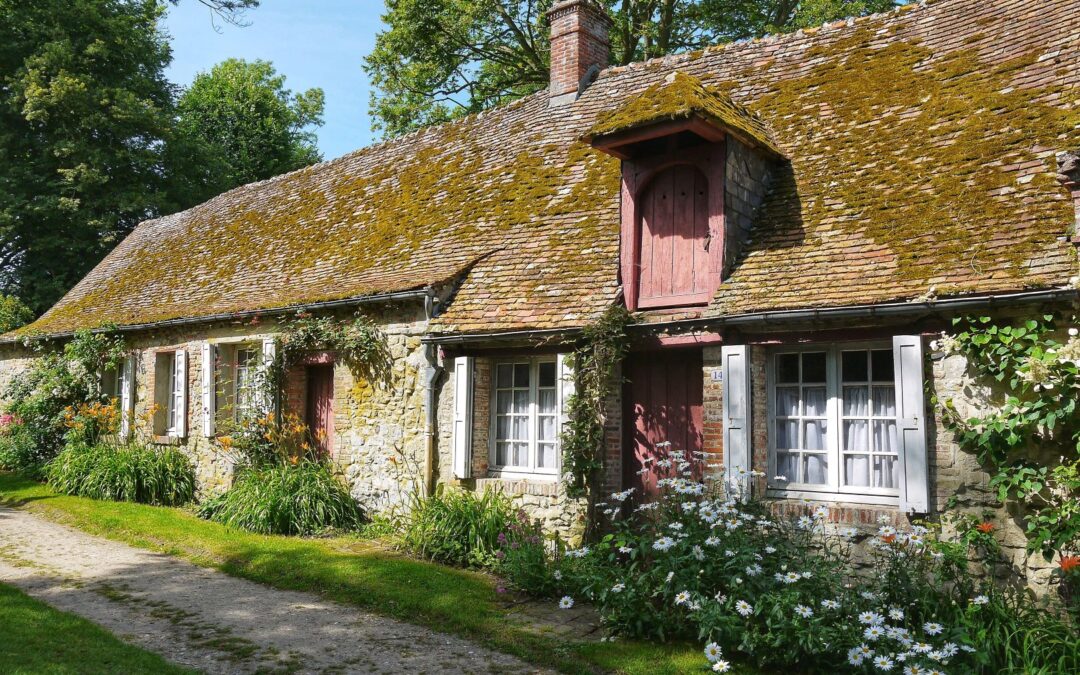OnTheMarket explains Energy Performance Certificates (EPC) and offers tips to save money on fuel bills.
What does an Energy Performance Certificate (EPC) look like?
It’s a little coloured chart which shows how well the property is rated in terms of energy efficiency. The best rating is A (dark green), the worst is G (bright red).
Don’t take the word of the vendor or landlord
Always ask to see the property’s Energy Performance Certificate, or EPC.
What if the vendor or landlord says they don’t have an EPC chart?
That’s not good enough! An EPC certificate is required when a house is built, being rented, or sold. It provides documentary evidence of how much it costs to heat, light and provide hot water. The higher the rating, the more energy efficient the home is and the lower the fuel bills are likely to be.
What’s the average energy efficiency rating for a house in England or Wales?
A score of 60, in Band D (yellow) is the average score.
How eco-friendly is the property?
The fact is, the average UK household causes or creates about six tonnes of carbon dioxide per year. Your EPC also has a report on the environmental impact of your property in terms of producing carbon emissions. Again, the average score is in the mid-50s (in Environment Impact Section D).
Are there any costs not shown in the EPC?
Yes. What you are likely to spend on providing electricity for your computer and television and on providing gas or electricity for your cooker or fridge.
What if the property doesn’t have an Energy Performance Certificate?
You can arrange for an assessor to come and give your home a rating. Visit the website www.epcregister.com.
How else can energy bills be reduced?
Switch off electrical appliances, rather than leaving them on standby. This should cut £80 a year off your fuel bill. Fill your kettle with only as much water as you need to boil (£7 a year saved). Fit draught excluders (£25-£50 annual savings). And fit an efficient, hot-water shower-head in your bathroom. In a house with four people you could save £67 per year on fuel costs (the shower-head takes already heated water from your boiler).
What else cuts fuel bills?
Turn down your heating thermostat by just one degree and you’ll save £85-£90 per year. In a typical UK house, more than half the fuel bill per year goes on providing heating and hot water.
Can you forecast a property’s average fuel bill?
Look at the EPC. It carries a table showing estimated annual fuel costs. A home in the suburbs might cost £135 to light, £135 to provide hot water and £1,050 to heat. Multiply that over a few years’ time and you can see how heavy your fuel expenditure is likely to be. That way, you won’t get a big shock when the electricity bill arrives.
Want to find out more?
You can visit the Department for Communities and Local Government website at www.communities.gov.uk/ekpd. This is the body which oversees domestic energy efficiency. There you can find out which assessor produced the report and get more tips on how to increase energy efficiency and reduce energy consumption.
Still baffled?
Either ask an expert (e.g. your local estate agent) or visit the EPC website. You can get advice by visiting www.epcregister.com/epcadviser.html. Key in the relevant address, and see if there is a summary of improvements you could make: uninsulated brick walls are bad, for example (they let cold air in and out), while efficient thermostats help keep costs down, even when you’re out at work or not in the house. You can also find the contact details for your nearest EPC assessor. No need to skip over or be mystified by those colourful energy charts in estate agents’ brochures anymore.
And lastly do the maths!
Even if you only make small economies, you can save yourself £100-£200 per year. And buy yourself a new duvet or two when winter arrives!







